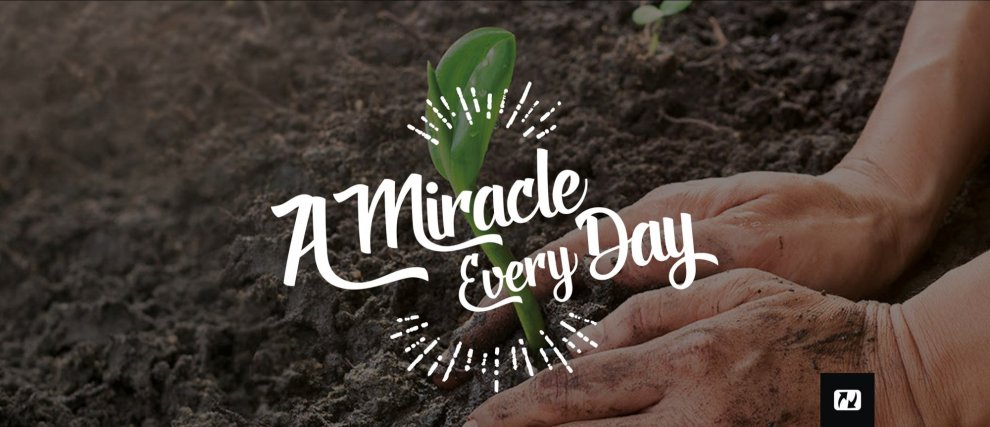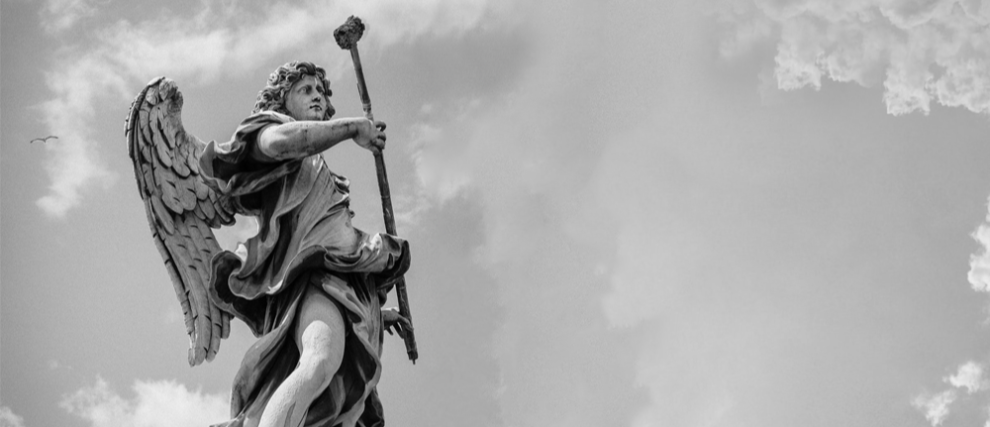The Golden Calf
In the Old Testament, historical books like the book of Exodus tell the story of how the Jewish people were liberated from the clutches of the Egyptians and how they crossed the Red Sea and walked for 40 years through the desert before arriving in Canaan, the promised land. The Bible also reveals the many disobediences of the people during the journey. Among them is the story of the Golden Calf: Read on to learn the biblical story of the false god made by Aaron and what the Golden Calf symbolizes.
Bible Passage on the Golden Calf
“When the people saw that Moses was so long in coming down from the mountain, they gathered around Aaron and said, ‘Come, make us gods who will go before us. As for this fellow Moses who brought us up out of Egypt, we don’t know what has happened to him.’
Aaron answered them, ‘Take off the gold earrings that your wives, your sons and your daughters are wearing, and bring them to me.’
So all the people took off their earrings and brought them to Aaron.
He took what they handed him and made it into an idol cast in the shape of a calf, fashioning it with a tool. Then they said, ‘These are your gods, Israel, who brought you up out of Egypt.’
When Aaron saw this, he built an altar in front of the calf and announced, ‘Tomorrow there will be a festival to the Lord.’
So the next day the people rose early and sacrificed burnt offerings and presented fellowship offerings. Afterward they sat down to eat and drink and got up to indulge in revelry.
Then the Lord said to Moses, ‘Go down, because your people, whom you brought up out of Egypt, have become corrupt.
They have been quick to turn away from what I commanded them and have made themselves an idol cast in the shape of a calf. They have bowed down to it and sacrificed to it and have said, ‘These are your gods, Israel, who brought you up out of Egypt.’
‘I have seen these people,’ the Lord said to Moses, ‘and they are a stiff-necked people.
Now leave me alone so that my anger may burn against them and that I may destroy them. Then I will make you into a great nation.’
But Moses sought the favor of the Lord his God. ‘Lord,’ he said, ‘why should your anger burn against your people, whom you brought out of Egypt with great power and a mighty hand?’ [...]
Moses turned and went down the mountain with the two tablets of the covenant law in his hands. They were inscribed on both sides, front and back.
The tablets were the work of God; the writing was the writing of God, engraved on the tablets.
When Joshua heard the noise of the people shouting, he said to Moses, ‘There is the sound of war in the camp.’ [...]
And he took the calf the people had made and burned it in the fire; then he ground it to powder, scattered it on the water and made the Israelites drink it.
He said to Aaron, ‘What did these people do to you, that you led them into such great sin?” (Exodus 32:1-11, 15-17, 20-21)
What is the Golden Calf?
The Golden Calf is not God, but a figure that men created to reassure themselves and fulfill their desire for spirituality. In the Gospel of Matthew, the Golden Calf is what Lord Jesus calls Mammon or Silver. On this, it is written: “No one can serve two masters. Either you will hate the one and love the other, or you will be devoted to the one and despise the other. You cannot serve both God and money.” (Matthew 6:24). Today too, we may not have a physical representation of a golden calf that we kneel before, but what is our attitude towards money ? Do we worship God and allow him to fulfill our desires more than money?
Worship God
One of the first commandments of God is: “You shall have no other gods before me. You shall not make for yourself an image in the form of anything in heaven above or on the earth beneath or in the waters below.” (Exodus 20:3-4). This shows the extent to which worship is exclusively reserved for God. Only God is worthy of receiving our praise and our best. That is why the apostle Paul always repeated in his letters: “to him be glory in the church and in Christ Jesus throughout all generations, for ever and ever! Amen.” (Ephesians 3:21)

